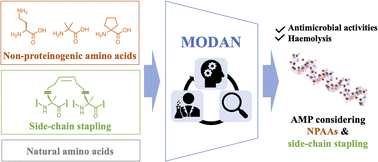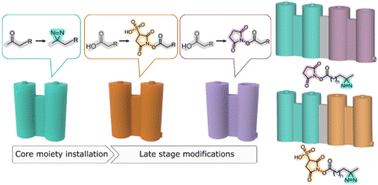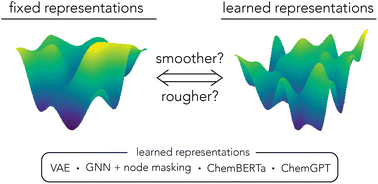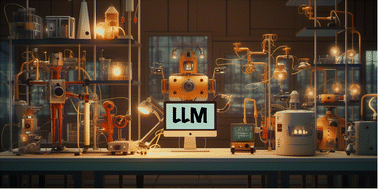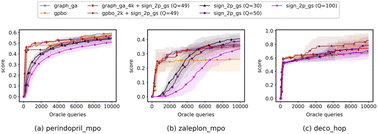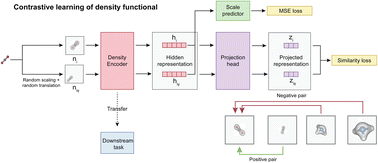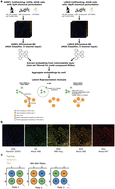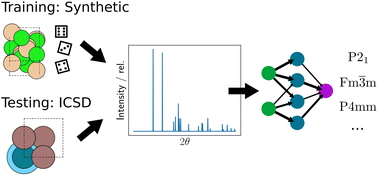Digital Discovery, 2023, 2,1347-1353
DOI: 10.1039/D3DD00090G, Paper
DOI: 10.1039/D3DD00090G, Paper
 Open Access
Open Access This article is licensed under a Creative Commons Attribution-NonCommercial 3.0 Unported Licence.
This article is licensed under a Creative Commons Attribution-NonCommercial 3.0 Unported Licence.Yuki Murakami, Shoichi Ishida, Yosuke Demizu, Kei Terayama
MODAN is a multi-objective Bayesian framework for automated design of antimicrobial peptides containing various non-proteinogenic amino acids and side-chain stapling.
The content of this RSS Feed (c) The Royal Society of Chemistry
MODAN is a multi-objective Bayesian framework for automated design of antimicrobial peptides containing various non-proteinogenic amino acids and side-chain stapling.
The content of this RSS Feed (c) The Royal Society of Chemistry

